Jean-Michel Othoniel Opens His Paris Studio Ahead of a Citywide Exhibition in Avignon, France
This summer, “Othoniel Cosmos or the Ghosts of Love," presents his most ambitious project yet with some 250 works displayed in ten museums and historical sites across Avignon
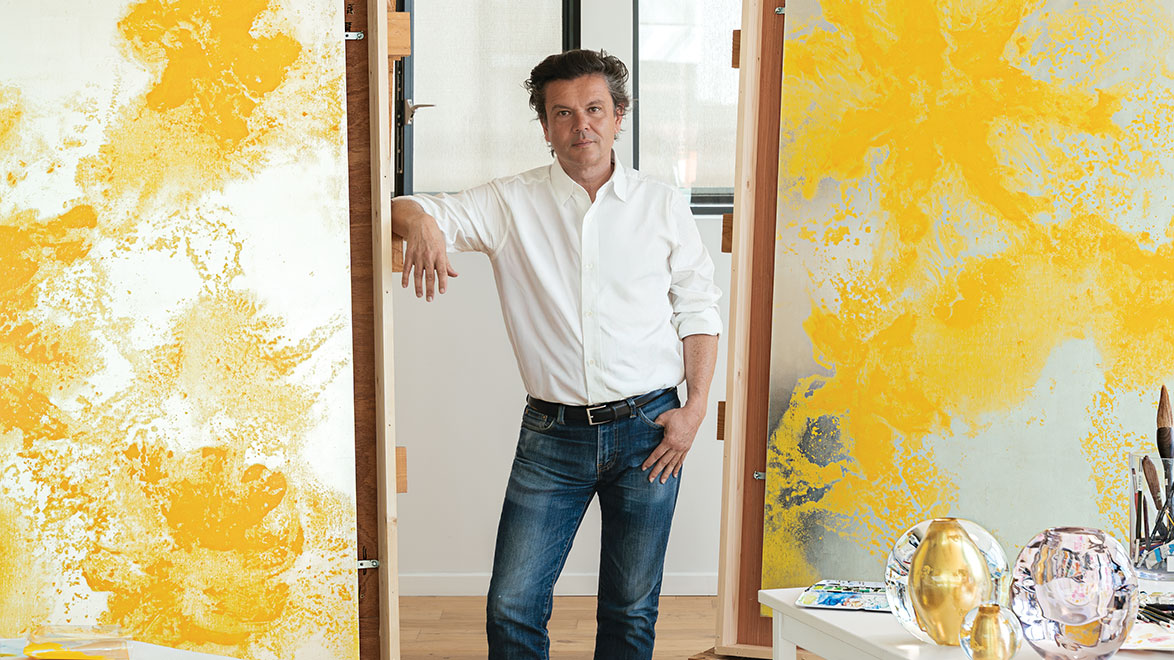
Jean-Michel Othoniel does not shy away from working big. The prolific French artist has done expansive installations of his signature large-scale sculptures of looping, swirling, seemingly gravity-defying strands of glass or metal beads— variously evoking natural forms and dazzling strings of pearls—in museums, parks, and plazas from New York to Paris, Doha to Tokyo. Among the best known is his enchanting fountain for the gardens at the Palace of Versailles.
This summer, Othoniel will realize his most ambitious project yet, essentially an artistic takeover of Avignon, in the south of France. To celebrate the 25th anniversary of the city being named a European Capital of Culture, Othoniel was invited to mount artworks in ten museums and historical sites across Avignon for six months.
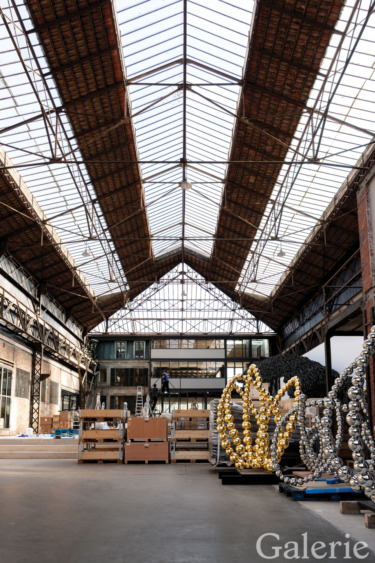
Titled “Othoniel Cosmos or the Ghosts of Love,” the project totals some 250 works—sculptures made of glass bricks as well as beads, plus paintings—160 of which are newly created. The largest group will be on view at the Palais des Papes, while select pieces will be displayed at sites such as the Pont d’Avignon, the Couvent Sainte-Claire, and the Lambert Collection. The artist has conceived the exhibition as a journey through the city, with his hanging sculptures and fountain installations serving as poetic wayfinding landmarks, reflecting his embrace of unabashed beauty, love, and wonder.
The Avignon project is the result of several years of work in Othoniel’s Paris studio. Located in Montreuil, on the outskirts of the city, the space is a sprawling, 40,000-square- foot former metal workshop and warehouse constructed between 1900 and 1910. Othoniel shares the space with his life partner and fellow artist, Johan Creten, and together they have created a multifaceted complex that serves as the home of their Othoniel-Creten Foundation, which hosts visiting scholars and artists as well as school groups and events.
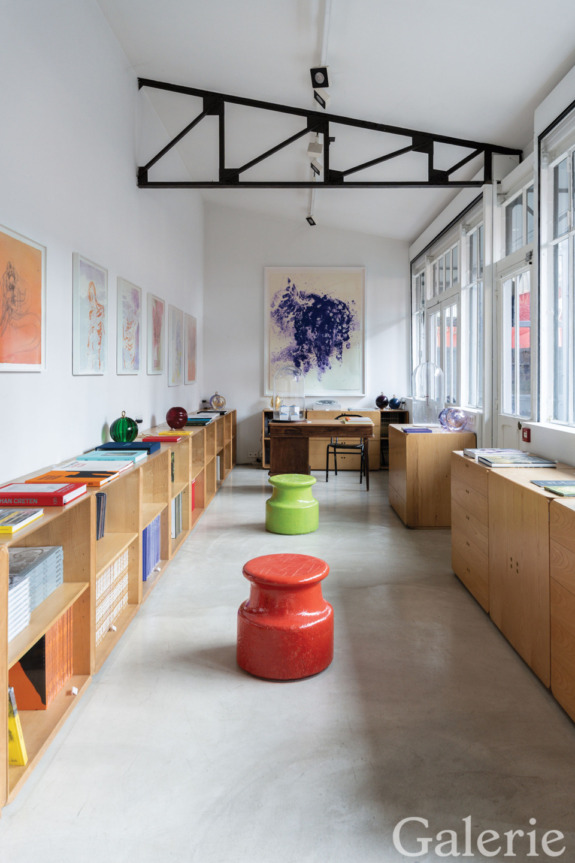

When the two acquired the building about five years ago, it was practically a ruin. They undertook an ambitious renovation that entailed preserving much of the existing architecture, including the 1890 façade of a townhouse where the original craftsman lived before he built the industrial structure around it. “We wanted to keep the façade like a movie set,” says Othoniel.
To visit the studio is a breathtaking experience. One first enters a charming courtyard with a little bookshop and a café. There’s no hint that behind another set of doors lies
a football field–size, multistory expanse arrayed with works in various stages of progress, illuminated by long skylights.
“This is the studio I dreamed about for 25 years,” says Othoniel. “Before, I had several different studios around Paris, and I was quite solitary and would work with a few other craftspeople.”

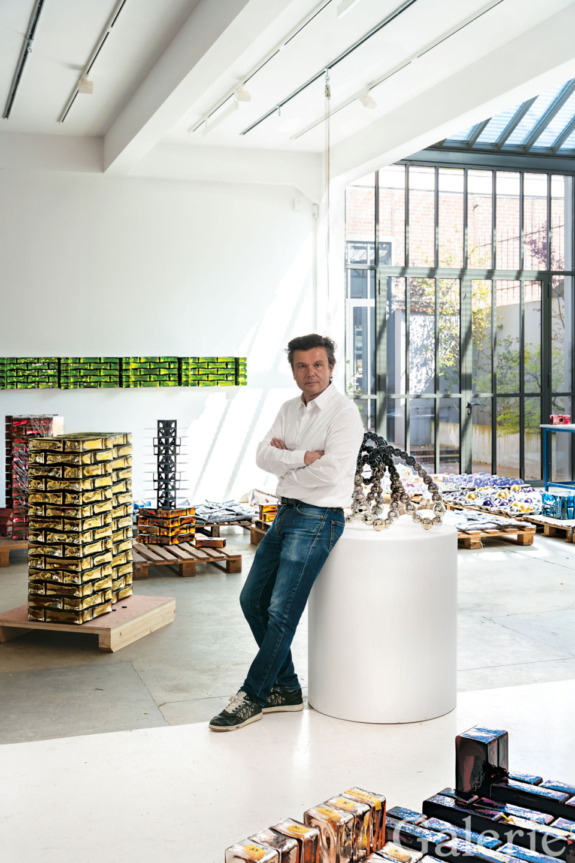
Here, there are 20 people on-site every day, each with their specific task. “Everything and everyone is in one place,” the artist continues. “I am surrounded by a team, which allows me a great creative freedom to concentrate on projects, to develop even more ambitious projects.”
In order to fully serve the needs of Othoniel’s artistic practice, there is a dedicated space for fragile works on paper with a full-time archivist, as well as an area for photography, offices, and storage. There is also a private third-floor space for him to draw and paint.
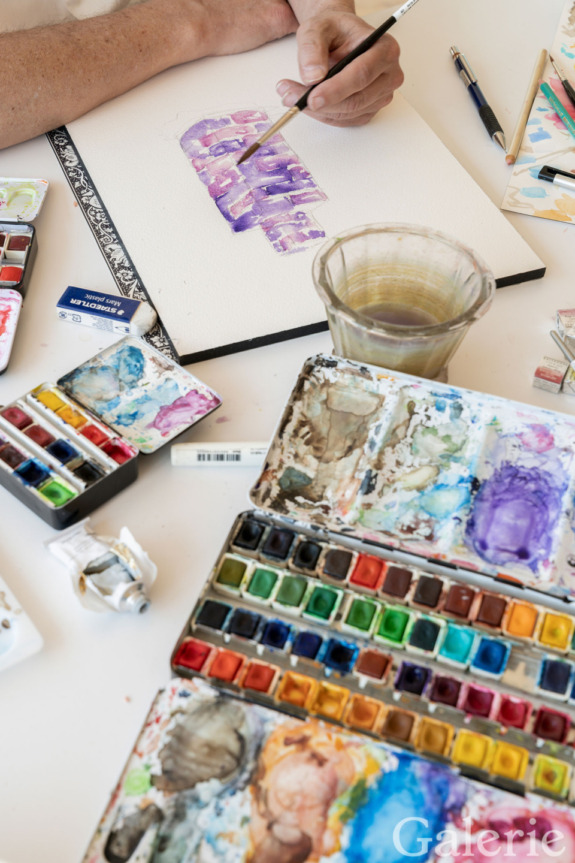
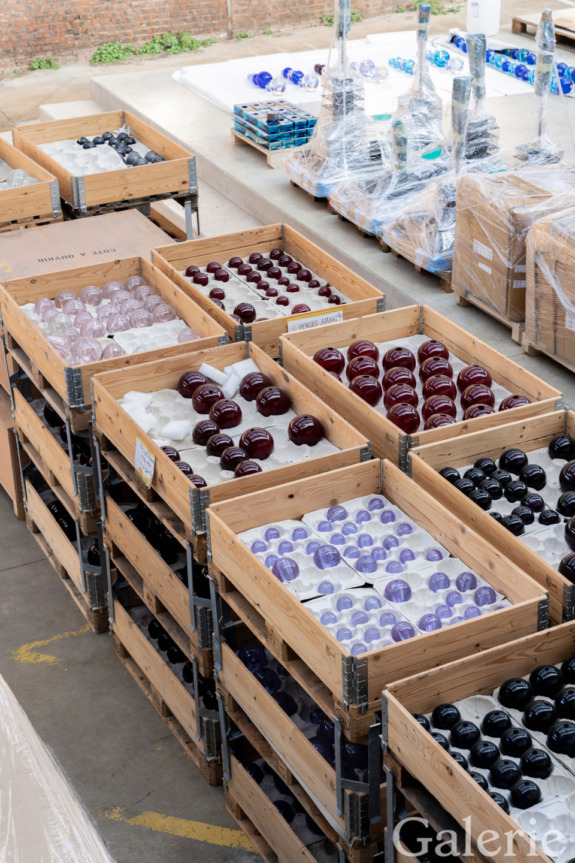
A typical day for Othoniel starts with drawing, which is a way for him to think and record ideas on paper. He then goes down one floor to consult with engineers and digital modelers, who translate his drawings into 3D renderings. “It helps us see the volumes and dialogue with the space,” he explains. “This is key for me, because I am first and foremost a sculptor. Even when I do a painting, I want to see how it will look in a space.”
The renderings are sent to fabricators and glassmakers, with the artist overseeing each stage of production. Then everything comes back to the studio to be assembled, sometimes modified and lived with a bit, before being packed up to ship.
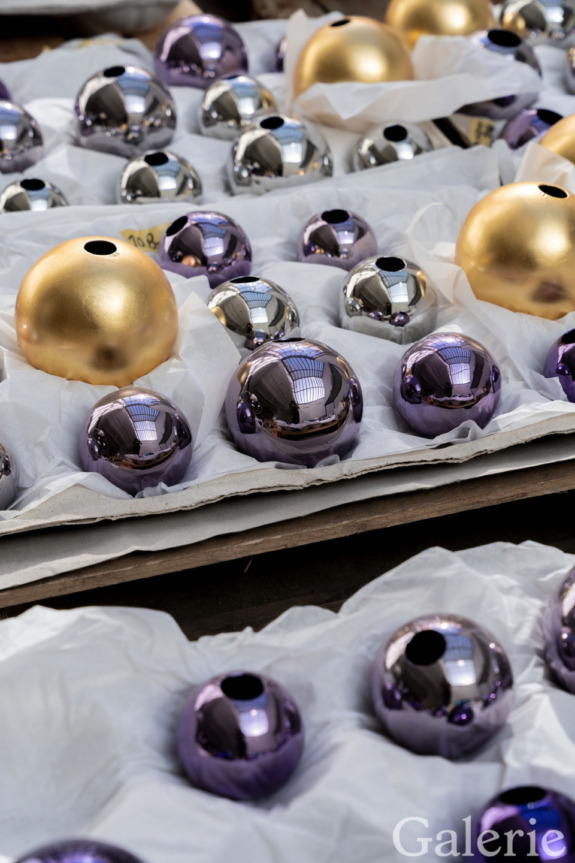
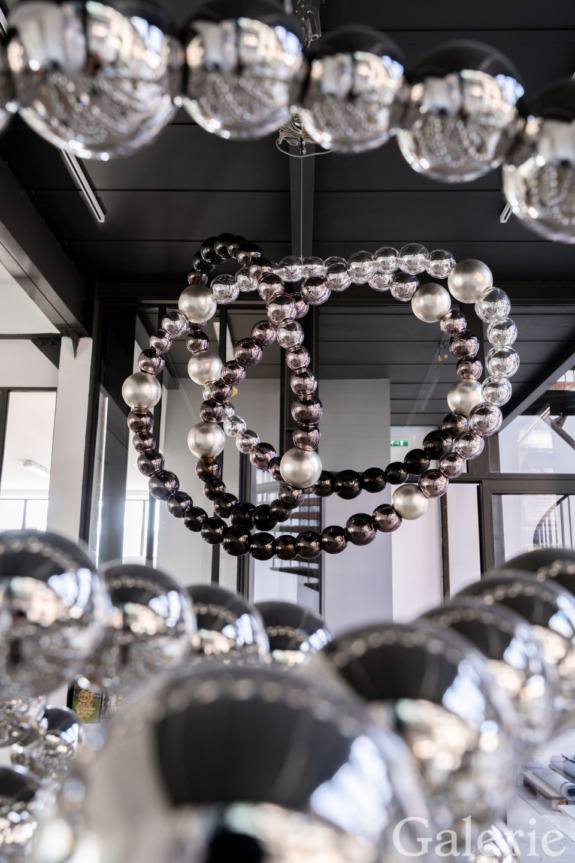
This year, the studio has certainly been busy preparing for multiple shows, including recently opened exhibitions at the Long Museum in Shanghai and La Malmaison museum in Cannes, France, as well as the Avignon project. Othoniel notes, with passion and sincerity, that his wish “is to show the power of art, to bring beauty to everyone.” After pausing, he adds, “As quoted from Dostoevsky, ‘Beauty will save the world.’”
A version of this article first appeared in print in our 2025 Summer Issue under the headline “Creative Industry.” Subscribe to the magazine.